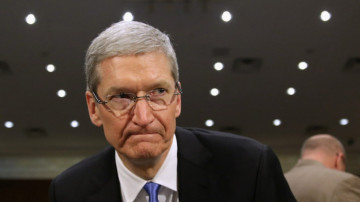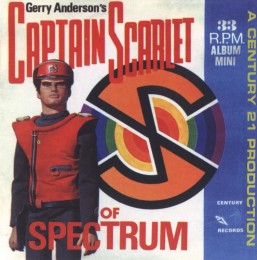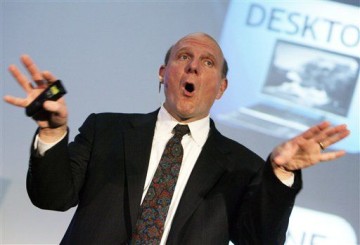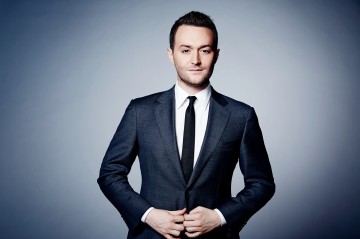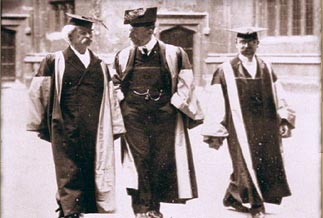 LG will end the production of plasma display televisions by end-November in order to focus its efforts on liquid crystal display and OLED televisions.
LG will end the production of plasma display televisions by end-November in order to focus its efforts on liquid crystal display and OLED televisions.
LG Electronics said in a regulatory filing the decision reflects a decline in demand for plasma televisions. The move was widely expected as LCD TVs have become the mainstay product in the global market while Plasma has become the Betamax of the telly world.
It is not the only company that thinks that plasma is a Norwegian Blue. Samsung SDI, a sister company of LG’s TV rival Samsung , also said in July that it will shut down its plasma panel production business by Nov. 30 due to the decline in overall demand.
The first prototype for a plasma display monitor was invented in July 1964 at the University of Illinois by professors Donald Bitzer and Gene Slottow. However, it was not until after the advent of digital and other technologies that successful plasma televisions became possible. Plasma display is an emissive flat panel display where light is created by phosphors excited by a plasma discharge between two flat panels of glass.
While many companies have successfully manufactured different sizes of plasma displays through early 2000, during 2006 through 2008, Panasonic came out with a 103 inch plasma display, which is the third largest display of plasma in the world, and it was marketed by Jumbo Electronics in Dubai.
By 2006 plasma TVs were overtaken by the LCDs, but in the 40-inch series and above slice, plasma displays had established the control over the market share. It was considered that LCD technology was most suited to small size televisions only while the plasma technology was highly competitive in larger sizes, especially in 40-inches and above.
That changed as bigger LCD screens proved just as good and cheaper.


